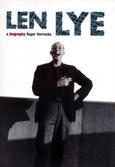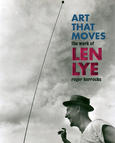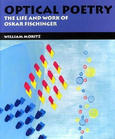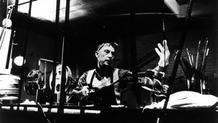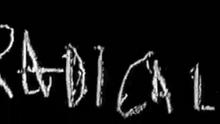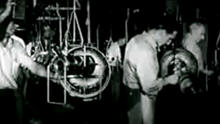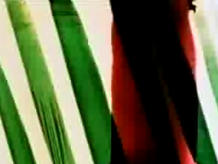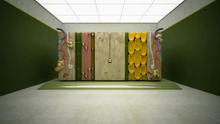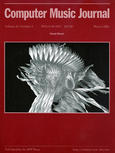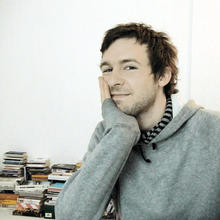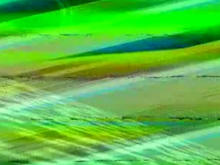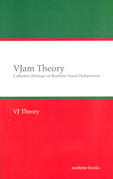Len Lye
(2009)co-edited by the curator Tyler Cann and the writer, critic and poet Prof. Wystan Curnow is a tribute to one of New Zealand’s most internationally acclaimed artists is the most comprehensive visual presentation of Len Lye’s art to date.
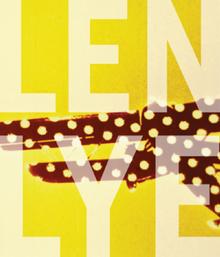
Over 1,000 new photographs were created and hundreds of them selected for this image-rich publication, presenting the full range of Len Lye’s work, from drawings and paintings right through to his photograms and kinetic experimentations.
Also published for the first time are photographs of recently reconstructed works including Moon Bead, Zebra and Convolution plus other sculptural works soon to be restored or reconstructed. Additionally there are reproductions of rarely-seen paintings, sketches and artist’s notes.
Len Lye is aimed at readers of all ages and backgrounds - the refreshing new imagery alongside commissioned content make it a totally engaging book to visit and revisit.
The book is co-edited by the Gallery’s Len Lye curator Tyler Cann and the writer, critic and poet Prof. Wystan Curnow. Included are essays by the editors, as well as Roger Horrocks, Guy Brett, Evan Webb and Tessa Laird.
Source: Govett-Brewster
ISBN-10: 0908848250
ISBN-13: 978-0908848256
